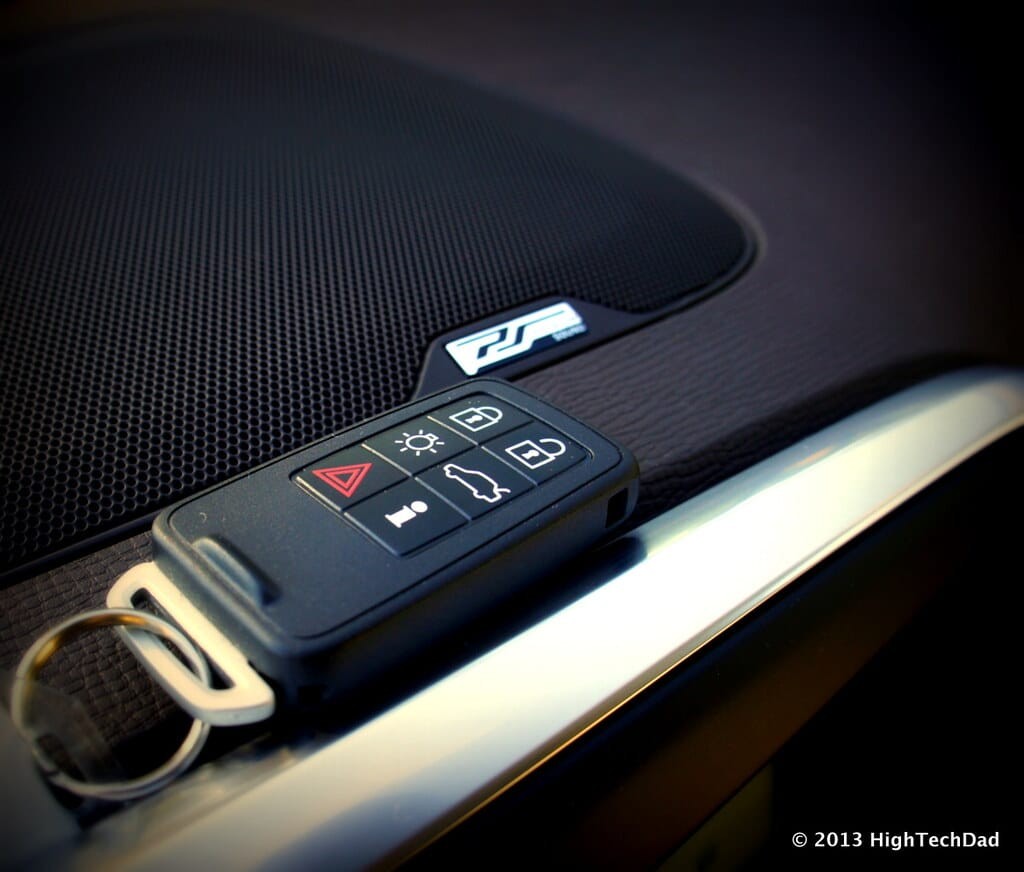Remote car keys, often called key fobs, have become indispensable for modern vehicle owners. They offer convenient control over your car’s locking system, alarm, and even ignition from a distance. However, these electronic devices can sometimes lose their programming due to signal issues or battery changes. Fortunately, in many cases, you can reprogram your car remote key yourself, saving time and money on dealership or locksmith services. This guide will walk you through the general steps on how to program a remote key for your car.
It’s crucial to understand that while this article provides a general approach, the exact procedure can vary significantly depending on your car’s make, model, and year. Always consult your vehicle’s owner’s manual for the most accurate and specific instructions for your car. You can usually find your manual in your glove compartment or search for a digital version online using your car’s year, make, and model.
Here are the general steps to program a car remote key:
STEP 1: Turn On the Ignition
Begin by getting into the driver’s seat of your car, ensuring all doors are completely closed. Have both your ignition key and the remote key fob you intend to program readily available. Insert your ignition key into the ignition cylinder. Turn the key to the “ON” position. This position is usually right before you would crank the engine to start. Do not start the engine. The goal is to power the car’s electronics without starting the engine itself.
STEP 2: Press the Lock Button on the Remote
Take your remote key fob and aim it towards the dashboard area, specifically near the rearview mirror. This is often where the receiver for the remote signals is located in many vehicles. Press and hold the “lock” button on the key fob for a few seconds. While pressing, you are essentially sending a signal to the car’s receiver, attempting to initiate the programming sequence.
STEP 3: Turn Off the Ignition
Quickly turn the ignition key back to the “OFF” position, effectively shutting down the car’s electronic systems (without starting the engine). Remove the key from the ignition cylinder immediately. The timing is somewhat crucial in this step. The car’s computer system is designed to enter a programming mode for a brief period after the ignition is turned off following the previous step.
STEP 4: Repeat the Process for All Remotes
If you have multiple remote key fobs that need programming (for instance, if you are replacing multiple remotes or want to ensure all your remotes are programmed), repeat steps 1 through 3 immediately for each additional remote. Most car systems are designed to clear the memory of previously programmed remotes when a new one is programmed. Therefore, programming all remotes you intend to use in one session is essential to avoid having to repeat the entire process. Act swiftly between programming each remote, as delays could cause the system to exit the programming mode, requiring you to start over.
STEP 5: Test the Remote Key Programming
After you have completed the programming steps for all your remotes, it’s time to test if the process was successful. Insert the ignition key and turn it to the “ON” position again (without starting the engine). Then, press the “lock” button on each of your programmed remote key fobs, one at a time. If the programming was successful, you should hear the car’s door locks engage or disengage in response to pressing the button on each remote. This audible confirmation is usually a clear indication that the remote key has been successfully programmed to your vehicle’s system. Test all the buttons on each remote (lock, unlock, trunk, panic) to ensure full functionality.
Important Considerations:
-
Consult Your Owner’s Manual: As emphasized earlier, the steps outlined above are a general guide. Your car’s specific programming procedure might differ. Always prioritize the instructions in your vehicle’s owner’s manual. Look for sections related to “keyless entry programming,” “remote key programming,” or “key fob synchronization.”
-
Variations in Procedures: Different car manufacturers and even different models within the same brand can have unique programming methods. Some cars might require a specific sequence of door lock manipulations, brake pedal presses, or even the use of a scan tool for programming.
-
When to Seek Professional Help: If you’ve carefully followed the instructions in your owner’s manual and are still unable to program your remote key, it might be time to consult a professional. Auto locksmiths and car dealerships have specialized tools and expertise to handle more complex programming situations. This could be necessary if your car has a more sophisticated security system, if there’s an issue with the car’s receiver, or if the remote itself is faulty.
In Conclusion:
Programming your car remote key can often be a straightforward process that you can accomplish at home by following a few simple steps. By understanding the general procedure and, most importantly, consulting your vehicle’s owner’s manual for specific instructions, you can potentially save yourself time and expense. However, remember that car technology varies, and when in doubt, seeking assistance from a qualified locksmith or dealership is always a reliable option.

